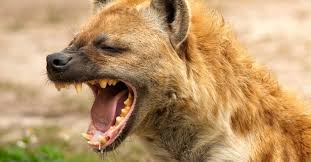Zimbabwe’s largest national park has recorded its biggest migration of wild animals to neighbouring Botswana in four years as water holes run dry because of a drought.
“We can confirm the movement of many animals from Hwange National Park into Botswana,” Tinashe Farawo, spokesperson for Zimbabwe Parks and Wildlife Management Authority, said. “It’s not only buffaloes, elephants but most of the animals because we are facing a lot of water shortages within the park. Most of the natural pans are now dry,” he said.
Matabeleland North, where the 14 650 square kilometer park is located, received low rainfall from November to March, Farawo said. The drought conditions are likely to persist because of the El Niño weather pattern, which could cause lower rainfall at the end of the year, according to the Meteorological Services Department.
The movement of the animals is likely to lead to increased human and wildlife conflict as they pass through areas inhabited by people, Farawo said. The United Nations International Panel on Climate Change has identified southern Africa as a so-called hotspot region that faces increased risks of heat extremes and less rainfall as the planet’s temperature rises.
Botswana has an elephant population of more than 130 000, the largest in the world, followed by Zimbabwe, at just over 65 000.
Source NewZimbabwe












